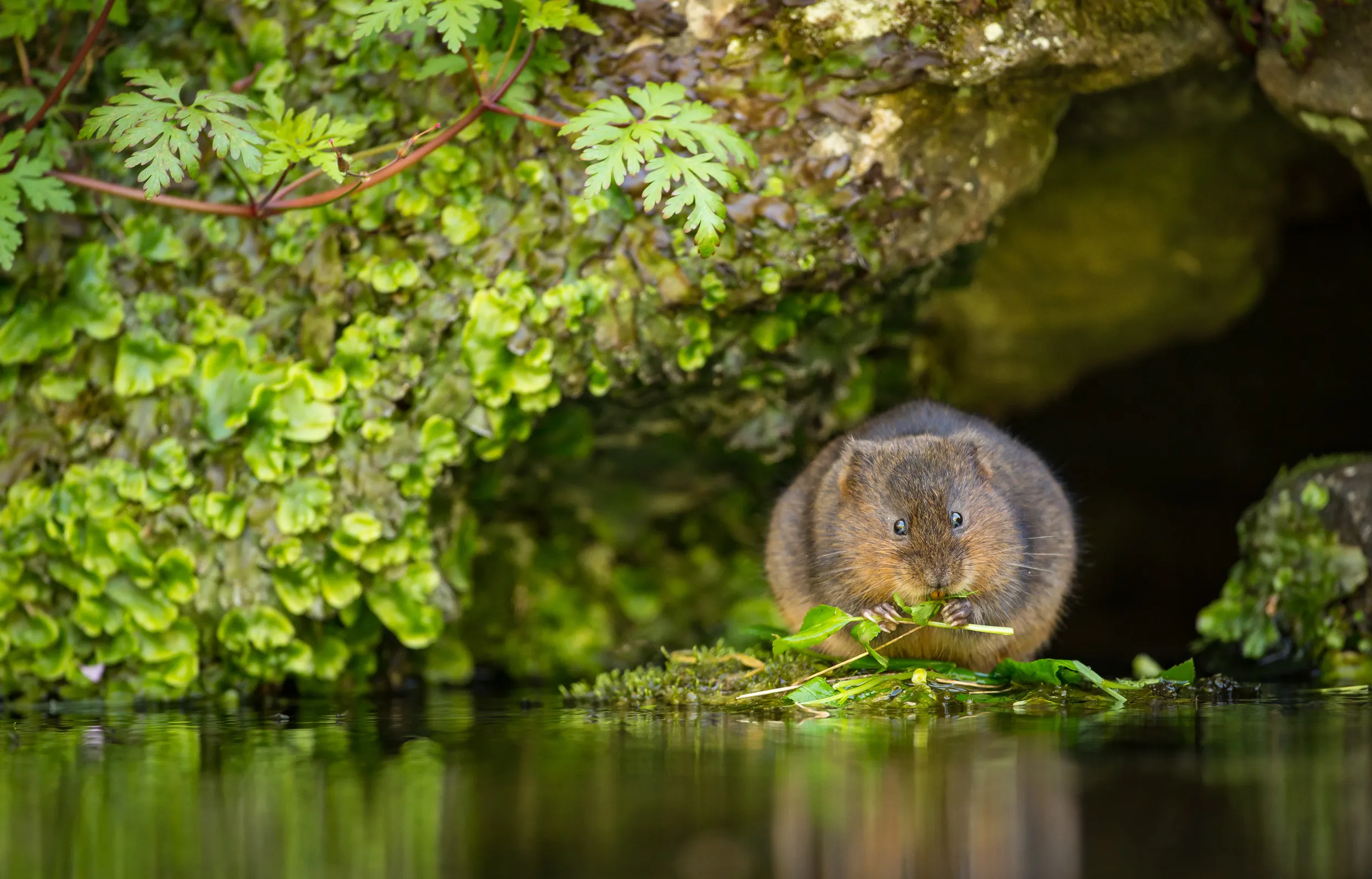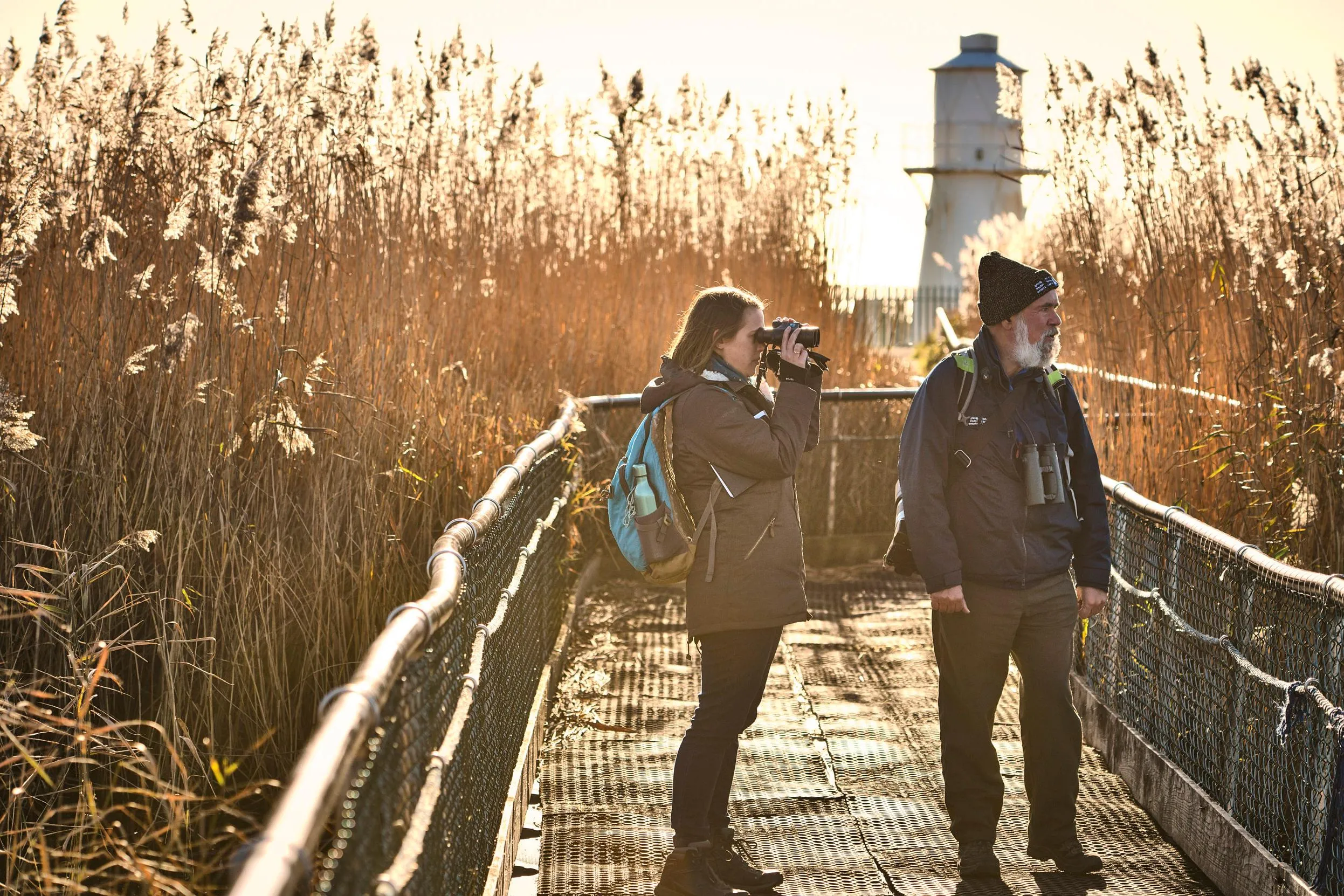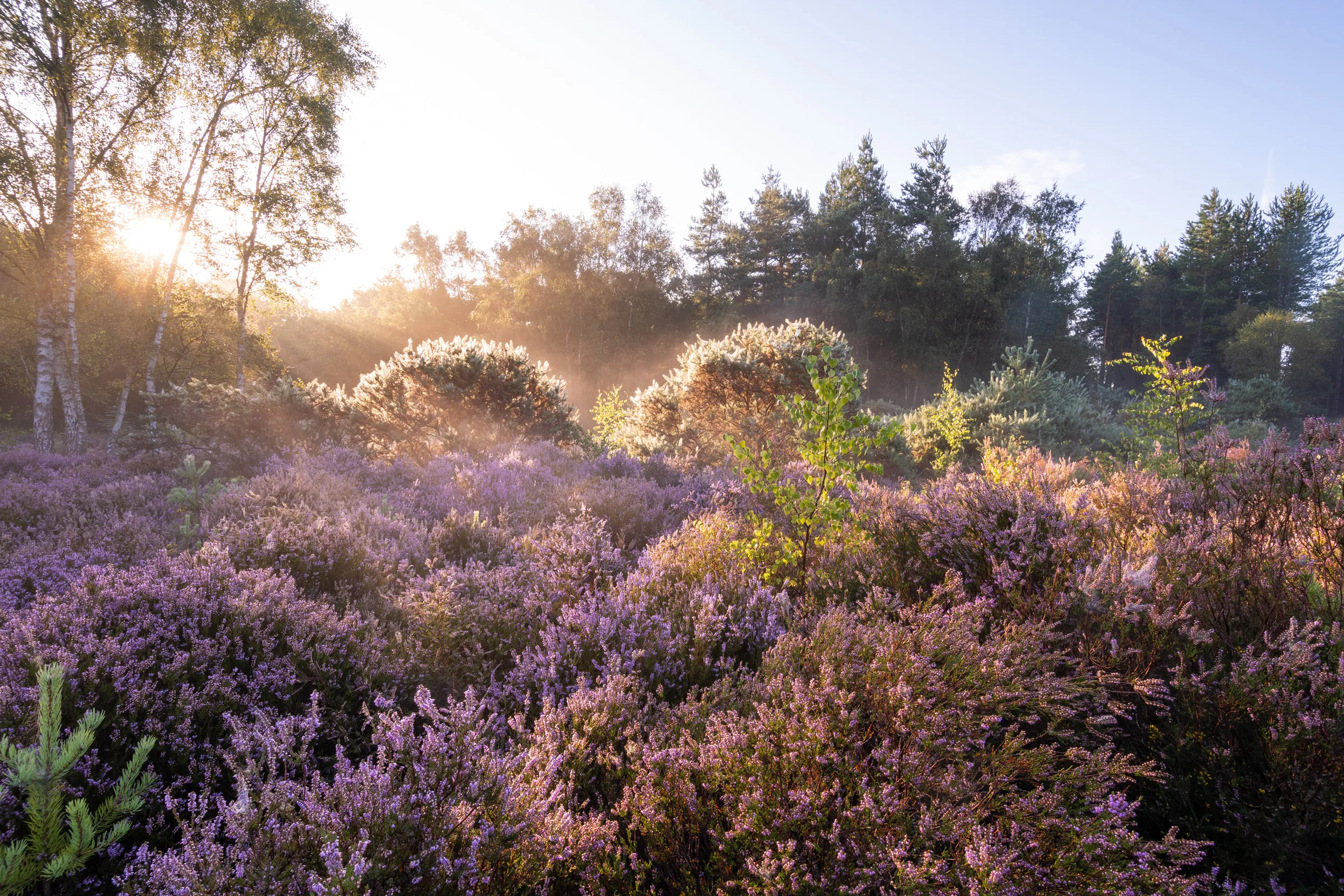News
White-tailed Eagles disappear in suspicious circumstances
We’re offering a £10,000 reward for information that leads to a conviction in these cases.
The results are in, and they make grim reading. The latest State of Nature report shows that much of the wildlife in the UK and its Overseas territories is in serious trouble. In Great Britain (England, Scotland and Wales) 1,500 species are now at risk of being lost completely. In Northern Ireland, 281 face a similar fate if we don’t take action. But there is reason for hope. We’ve never had a better understanding of the state of nature and what is needed to fix it.

The State of Nature report is the most up-to-date and accurate picture we have of how nature is doing in the UK and its Overseas Territories and Crown Dependencies. It brings together information from more than 60 research and conservation organisations collected by thousands of skilled volunteers.

The report’s findings show that one in six (16%) of the over ten thousand species studied in Great Britain are at risk of becoming extinct. That’s almost 1,500 species which could disappear. In Northern Ireland, 281 species could be lost.
A closer look at Great Britain shows that the figure is much higher for some types of wildlife. We could lose:
This includes much loved species such as Turtle Dove, Water Vole and European Eel.

Many plants are vanishing from places where they were previously found, including more than half (54%) of flowering plants, such as Heather and Harebell.
Invertebrate species are found, on average, in 13% fewer places now than in 1970. There have been stronger declines in some insect groups with important roles, such as pollinators like bees and hoverflies.

Today, only one in seven (14%) of the UK’s important habitats for wildlife were found to be in good condition, with only 7% of our woodland and only 25% of peatlands making the grade. The way we fish means large areas of the seafloor around the UK are not in good condition.
The report found the changes in the way we manage our land for farming, and climate change were the biggest causes of wildlife decline on our land, rivers and lakes. At sea, and around our coasts, it was as a result of unsustainable fishing, climate change and marine development.
The State of Nature report focuses on recent changes in biodiversity but we’ve been shaping our landscapes and wildlife for thousands of years. The UK’s nature has been depleted by centuries of habitat loss, development and persecution well before our data gathering began in 1970. The report shows evidence that the UK now has less than half of its biodiversity remaining because of human activity.

Some things are improving. There are now more sustainably managed woodlands (44%), and sustainably harvested fish stocks (50%) than there were 20 years ago. But there’s still a long way to go.
The support for nature-friendly farming has also increased, as has the number of farmland schemes which are designed to benefit the environment. But at the moment the best available information suggests that nature-friendly farming needs to take place at a much wider scale to halt the decline in farmland wildlife.
The report also includes examples of how wildlife conservation projects can make a huge difference, such as the creation of the Marine Protected Area in Lyme Bay, southern England. Here many species have increased since trawling was banned in 2008. Ongoing restoration projects, such as for peatland and seagrass beds, are helping to stem declines while also helping us mitigate and adapt to the impacts of climate change.
Despite these wins, the report shows that time is running out if we’re going to see nature recover in the UK and its Overseas Territories. The report says the scale and ambition of our efforts need to be ramped up and delivered on a much bigger scale, with nature’s recovery firmly cemented into the laws and policies which shape how we manage our land and seas. We have never had a better understanding of the State of Nature and what is needed to fix it.

We’ve given you the key findings, but there’s much more detail in the full report on how our wildlife and wild places are doing and what needs to be done to help nature recover